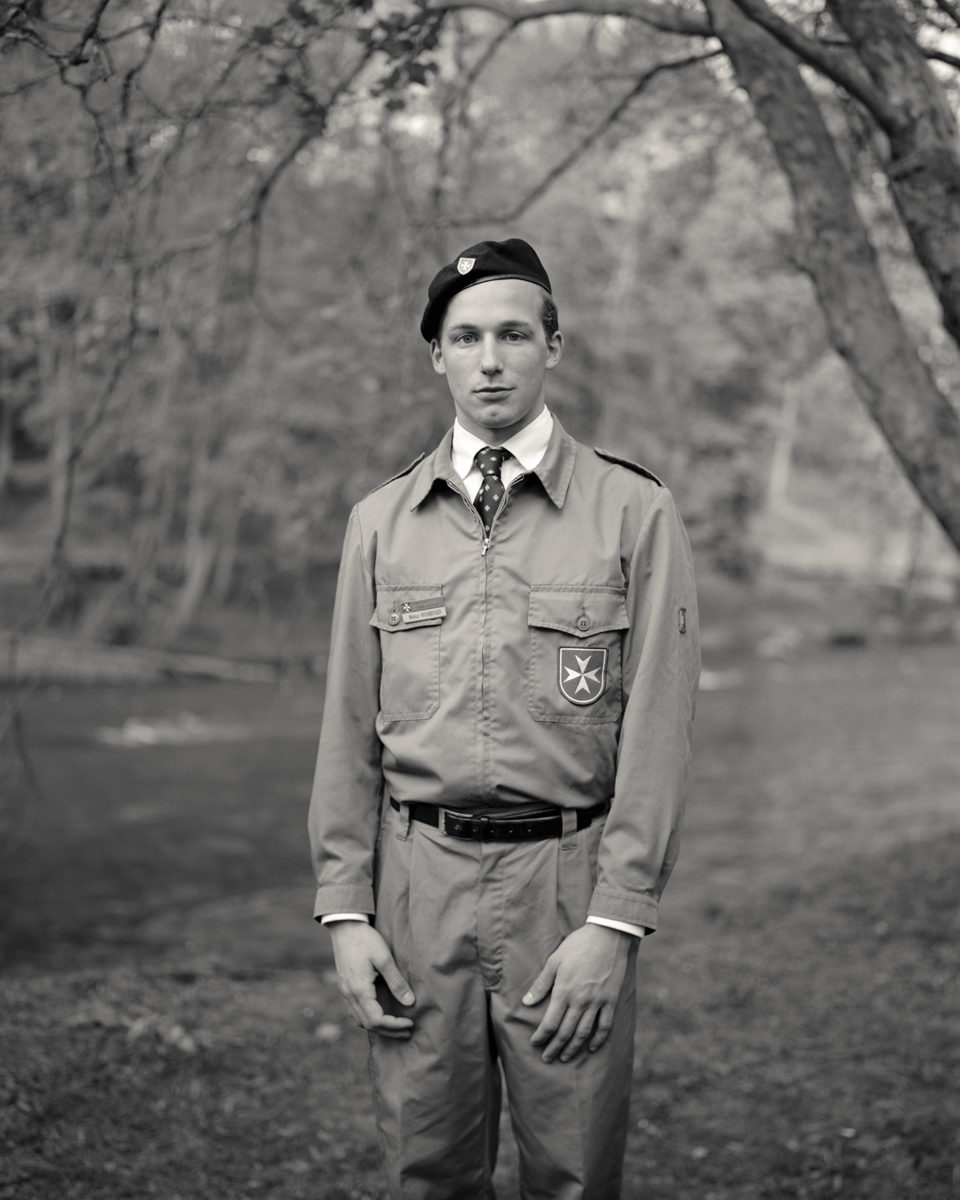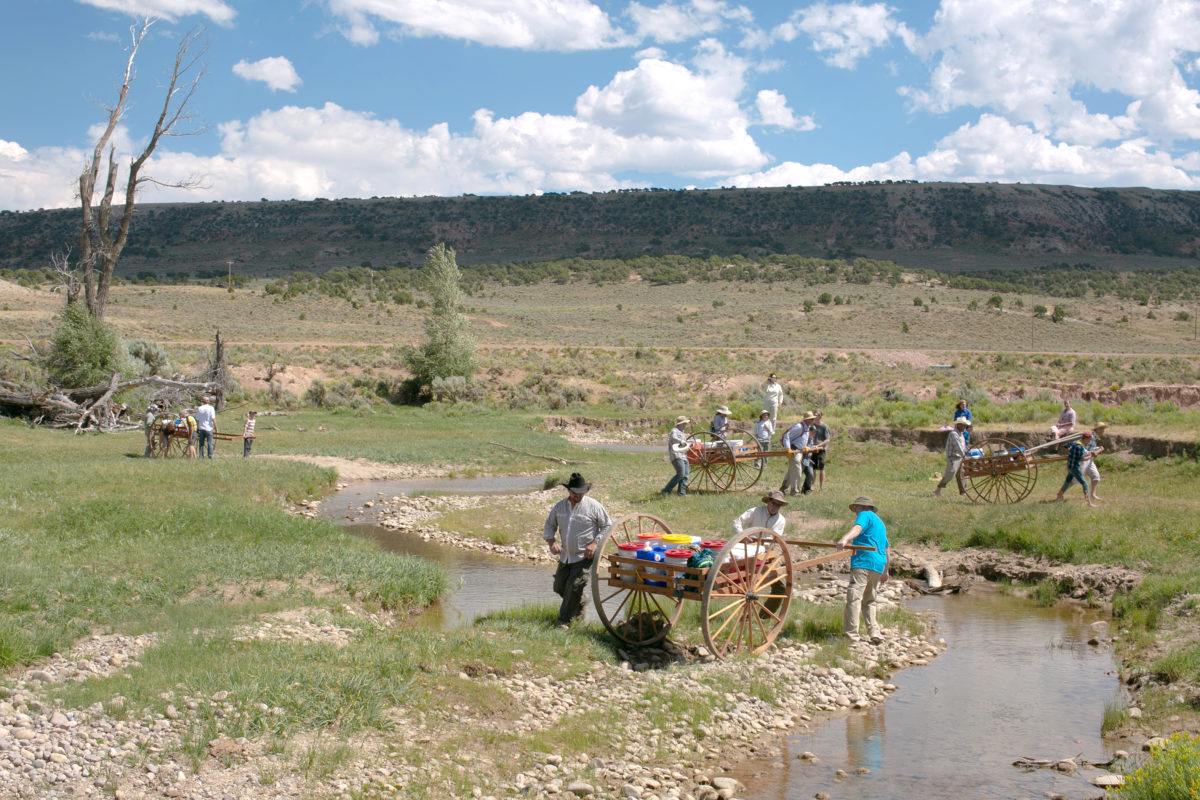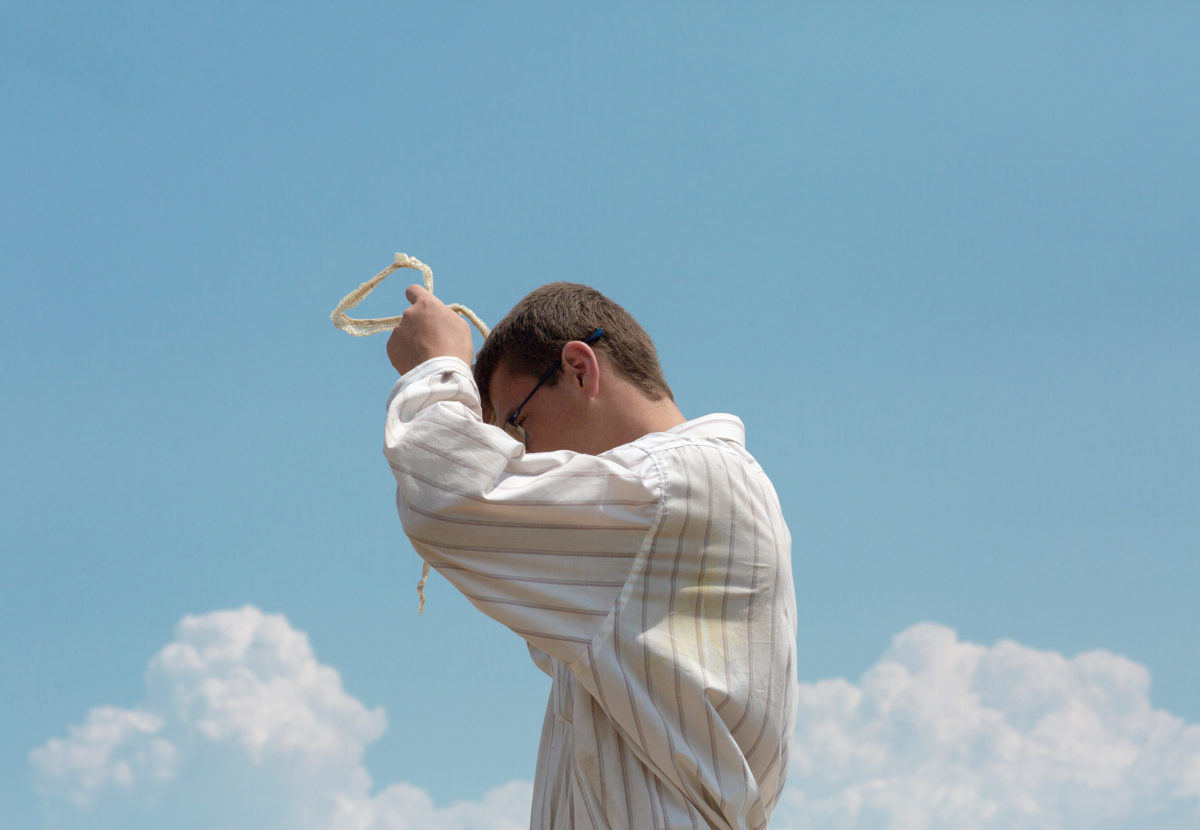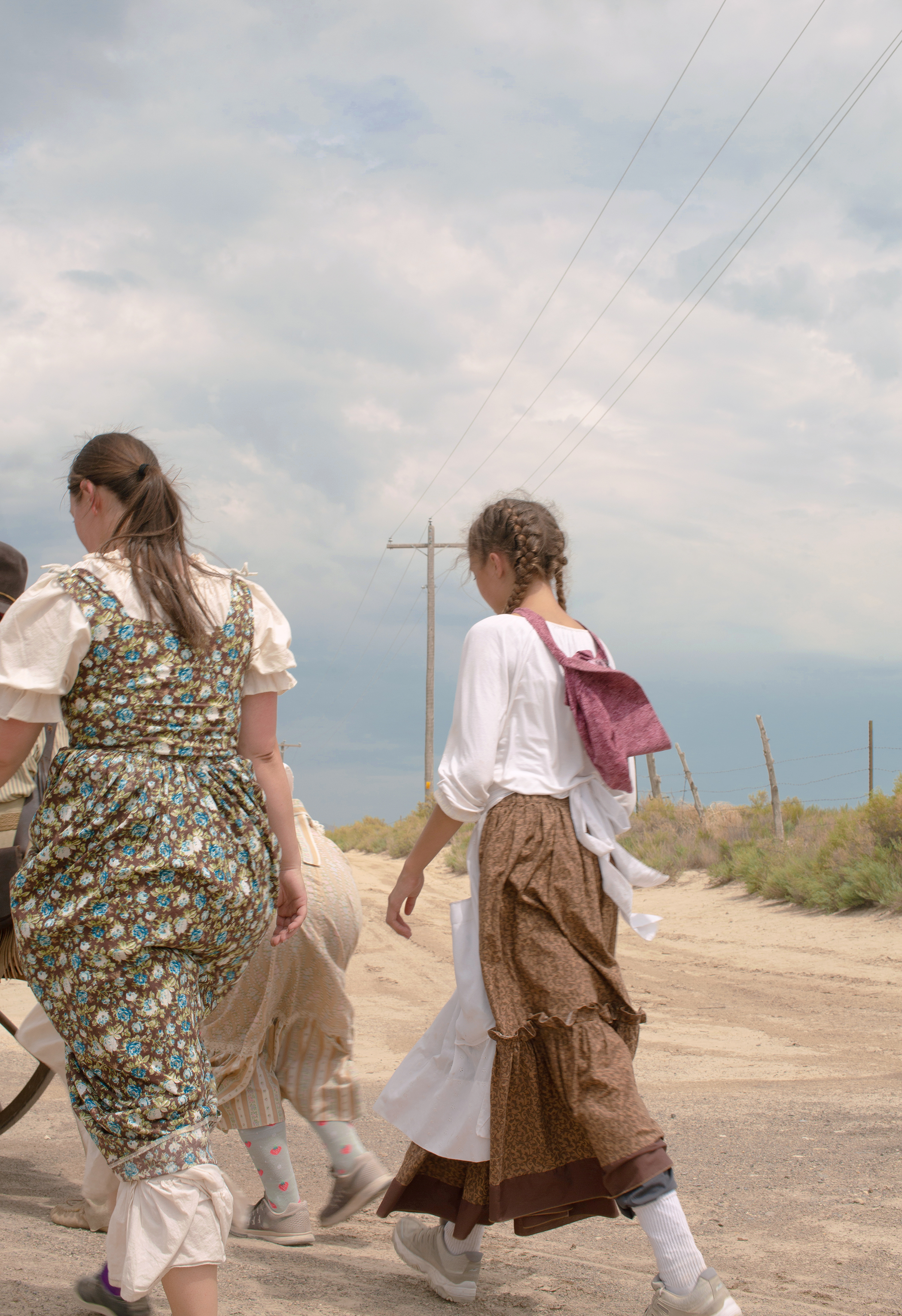
In Italy, the right to worship without discrimination is enshrined within the constitution. Yet Islam, the nation’s second largest religion, is not formally recognized, with only a handful of official mosques scattered around the country. This shortage of places to worship has led followers to create hidden worlds to practise their faith within.
Nicolò Degiorgis’s Hidden Islam offers a rare glimpse into the makeshift mosques in Northern Italy. The images capture improvized spaces—converted warehouses, supermarkets, stadiums, gyms, garages and even a nightclub—found on the periphery of cities. They are unmarked, found on unkept roads and within strip malls. Each image reveals a silent, reverential ecstasy in an unlikely, reinvented, yet still holy place. The project encapsulates how belief transforms areas from ordinary to extraordinary, catalysed by the values of devotees.
“This shortage of places to worship has led followers to create hidden worlds to practise their faith within”
Degiorgis’s images capture the ordinary power of devotion in a quiet and understated way.
At a time when many of us spend more energy worshipping at the altar of @KylieJenner or @Supreme than we do our spiritual practices, and the political landscape is weaponizing faith to restrict human rights and jeopardize our free will, the concept of faith is highly charged.
- Above: Nicolò Degiorgis, Hidden Islam; Below: Wild Wild Country, now showing on Netflix UK
Growing up in a house where religion was barely mentioned beyond the occasional RE class at school, the concept of spiritual devotion has always been so foreign to me. These compulsory classes were “faith-lite”, with more time spent drawing icons than actually unpicking organized religion and how it operates within society. I only truly began to understand the all-consuming elements of religious belief upon meeting my wife who grew up gay (and agnostic) in a devout Christian family.
My core experience of devotion has been over two decades of commitment to creative work. I have no idea what it feels like to be deeply religious, but I find the absolute sense of devotion that accompanies it both relatable and endlessly fascinating. While I consider myself agnostic and struggle with much of the doctrine of organized religion, I find myself in awe of its devotees. The sincere desire to commit to a practice, which rides on belief alone is captivating.
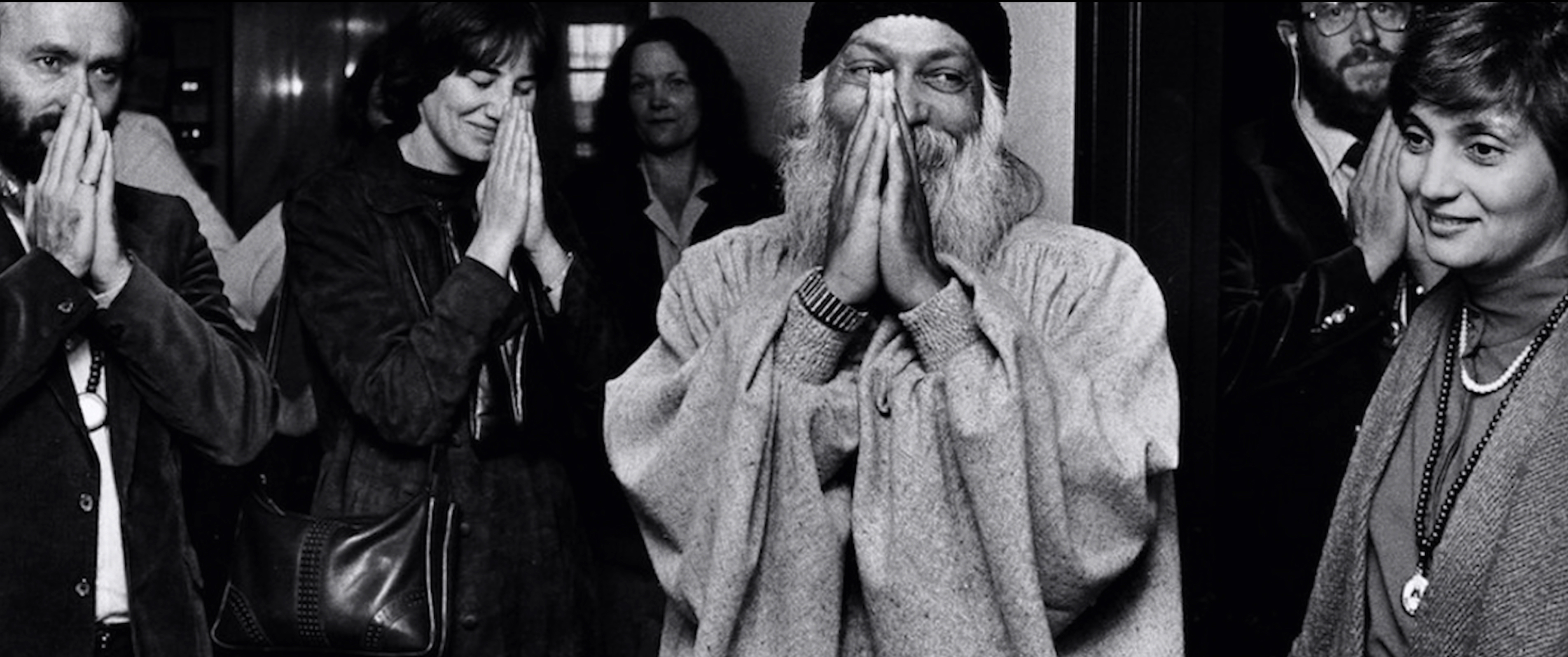
It seems it’s not just me who is fascinated by these ideas. In this era of constant flux and insecurity, we seem to be drawn to stories where modern life collides with faith. Many people recently binge-watched Netflix’s Wild Wild Country, the documentary that follows the story of the controversial guru Rajneesh (later known as Osho) who built a utopian city in the Oregon desert. Putting faith to one side, it’s compelling to see what a group of people can accomplish when they share the same goals. The apocalyptic Handmaid’s Tale warns us of a desolate future, where human rights are jeopardized and religious beliefs are strictly enforced. In the second season of Phoebe Waller-Bridge’s Fleabag the writer explores ideas of temptation, guilt, confusion and all-consuming passion via the character of a sexy Catholic priest.
“While I consider myself agnostic and struggle with much of the doctrine of organized religion, I find myself in awe of its devotees”
It feels more pertinent than ever to explore faith, and its effect on our world. Religion informs many facets of our society, from political systems to codes of behaviour. Art creates a rare space for exploration, yet artworks exploring religion are often controversial, triggering or designed to elicit discomfort or scandal. Think, for example, of Maurizio Cattelan’s La Nona Ora (The Ninth Hour) or Piss Christ by Andres Serrano. Fortunately, a new wave of photographers, like Degiorgis, are transcending these ideas and using their lens to outstrip the sensational and focus on the context of devotion in everyday life.

Ex-Voto by Alys Tomlinson does just that. The British photographer captures the markers left behind at popular pilgrim sites in France, Poland and Ireland. Symbols of gratitude, hope and devotion create a tangible narrative between faith, people and the landscape. “I feel envy in some ways,” Tomlinson shares. “During this project, I witnessed people getting so much strength and hope from faith. There was a particular atmosphere and a distinct sense of calm that encourages you to stop and think. These sacred sites can be transformative for believers and non-believers. I certainly witnessed how powerful faith can be and how central it is to many people’s lives.”
- Alys Tomlinson, Ex-Voto
Liz Hingley’s Shanghai Sacred explores China’s religious revival, in which hundreds of millions of Chinese are now turning to faith for the answers and meaning they don’t find in the secular world. The work captures faith being transplanted back into modern society; traditional Buddhist shrines sit next to futuristic architecture conjuring a surreal, video game landscape while animal release rituals pop up in the dynamic financial centre. The work portrays an engineered and personal sacredness in this desperate hustle to find meaning in a complicated time. “I see practices of belief and devotion as akin to art forms; responsive, performative and deeply personal,” Hingley shares.
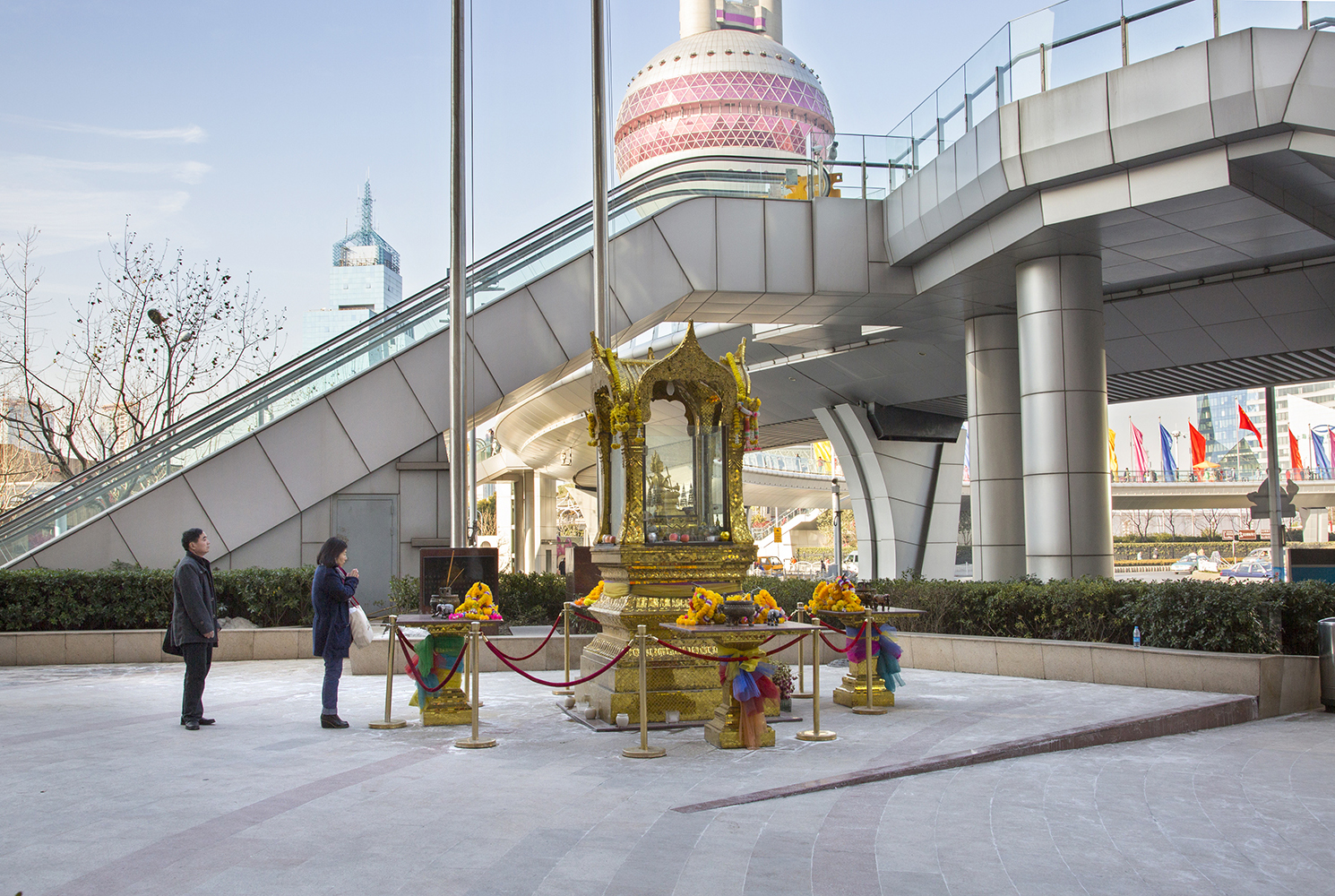
American photographer Aubrey Trinnaman was raised in a Mormon Family in Utah. While she has now left the church, her ongoing project Mormon Trail documents her return to the physical and metaphorical place of her upbringing. Every summer, the Mormon youth re-enact the first pilgrimage west as an act of devotion and commitment to their faith. “I think this project is part reconciliation of my upbringing and illuminating for others outside this world,” she says. “I was taken by surprise with the emotion I felt at certain moments of the ritual, despite not being active in the church and disagreeing with many of its practices. I was still deeply moved by the love, community and deep dedication to harmony shared.”
- Aubrey Trinnaman, Mormon Trail
Whether newfound faith is being injected back into modern life, or old beliefs are being revisited from new perspectives, devotion and the processes of the sacred are taking up more space in our visual consciousness. Talking to these artists reinforces how many stories are left untold about our complicated and misunderstood relationship with faith and devotion—one which affects our lives in many ways even if we don’t believe.




